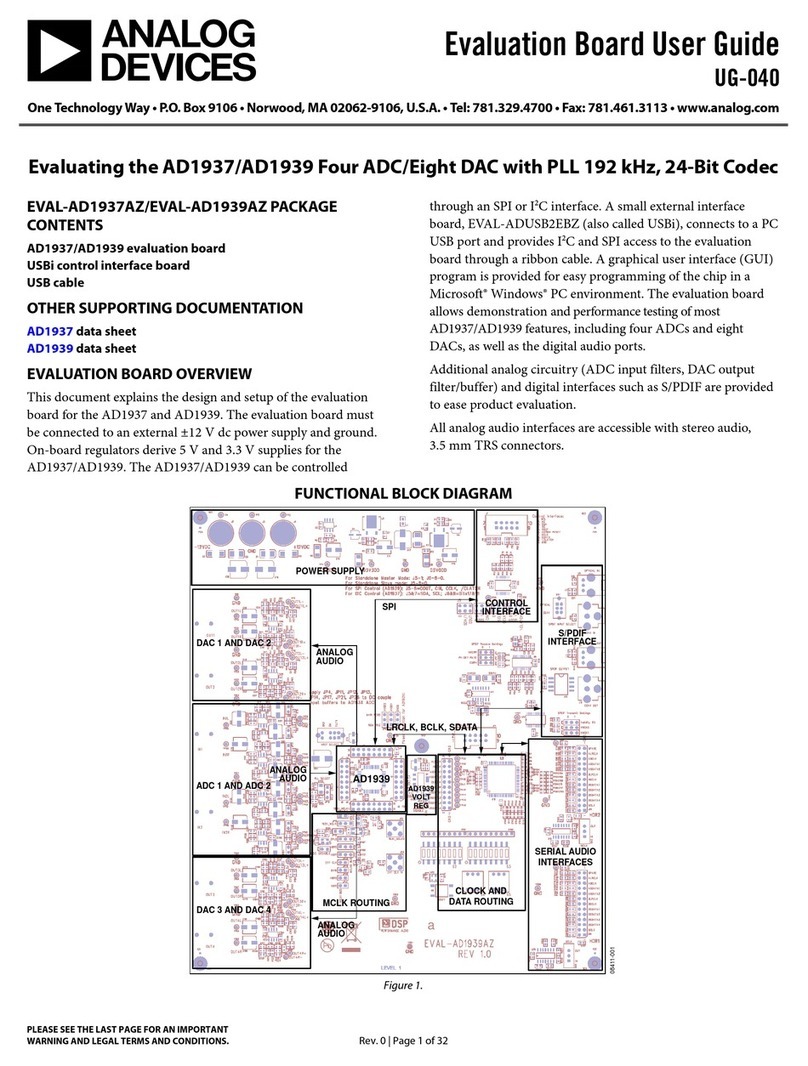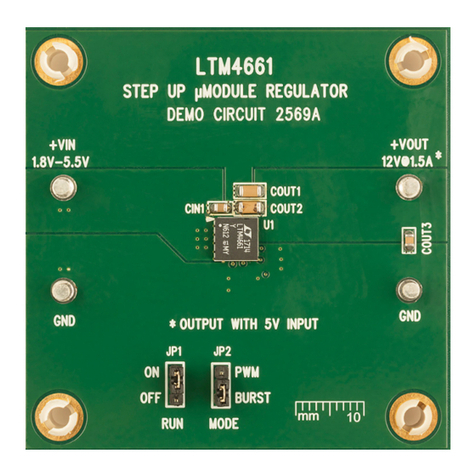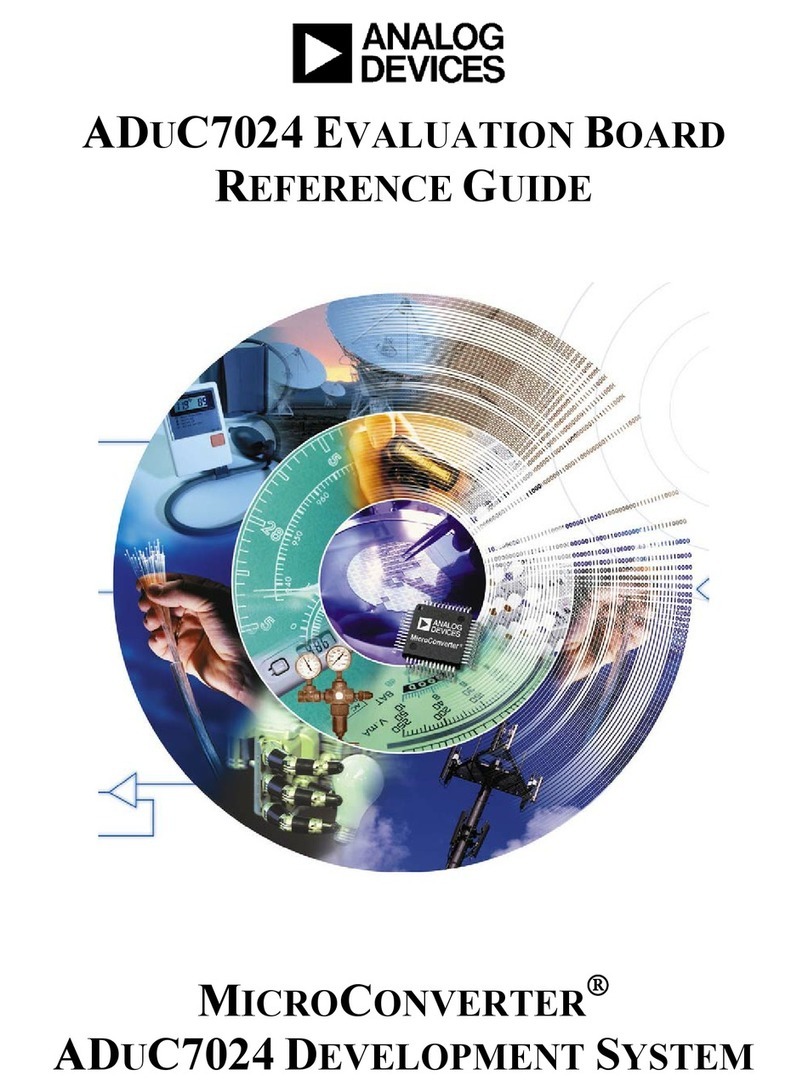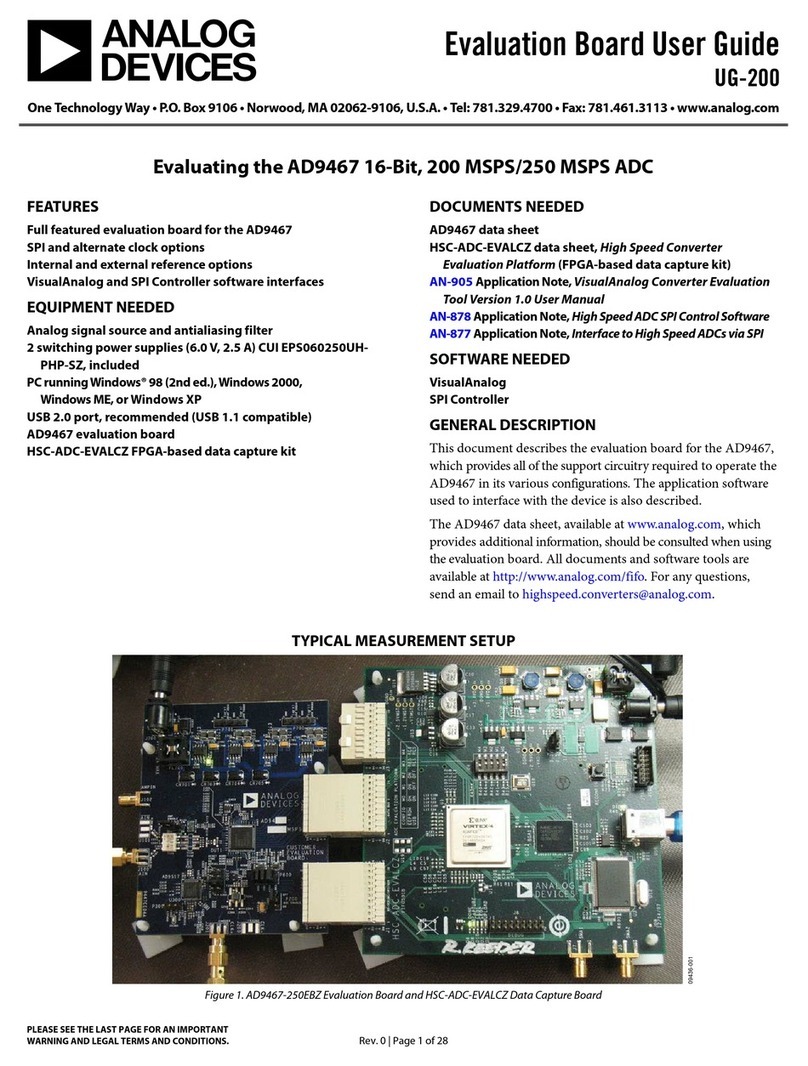Analog Devices DC542A User manual
Other Analog Devices Motherboard manuals
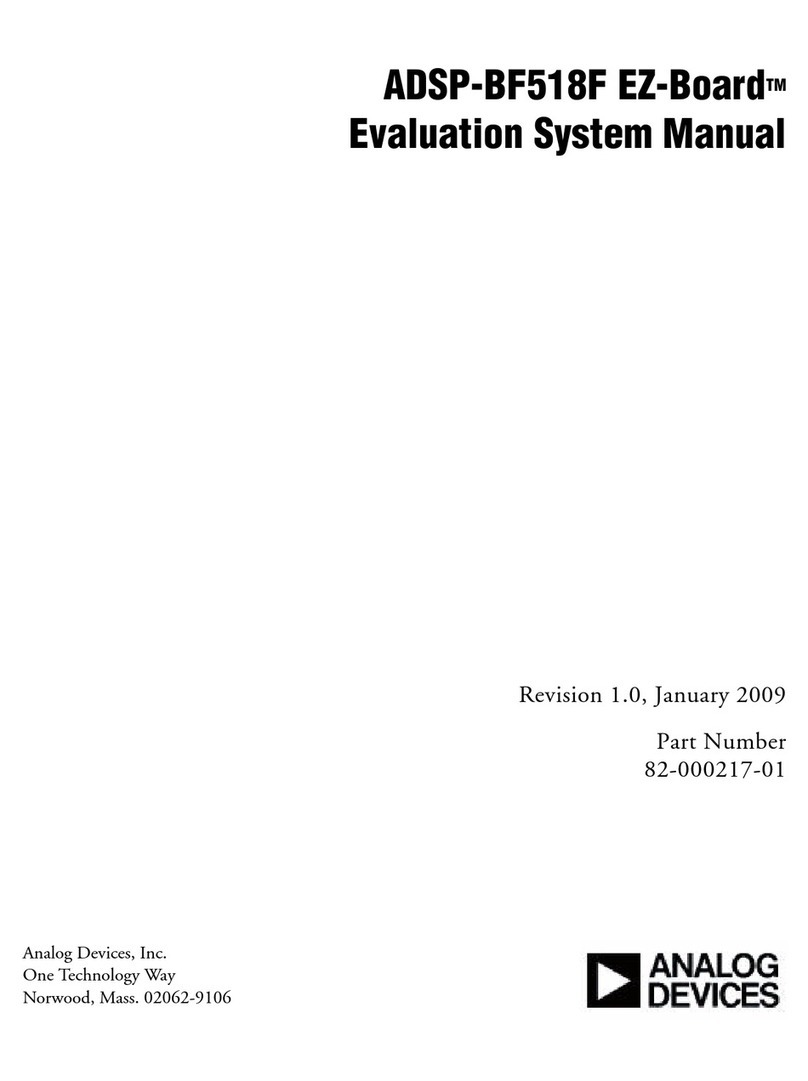
Analog Devices
Analog Devices ADSP-BF518F EZ-Board User manual
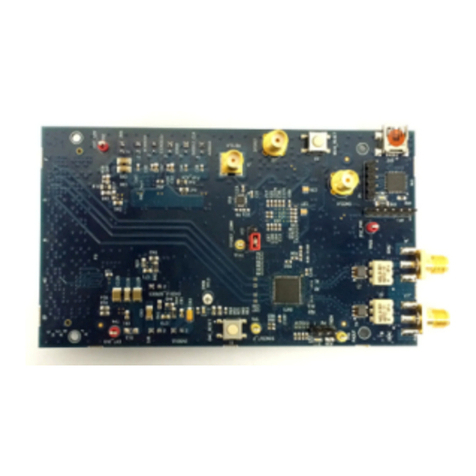
Analog Devices
Analog Devices AD9152-FMC-EBZ User manual

Analog Devices
Analog Devices DC2702B-B Quick setup guide

Analog Devices
Analog Devices Hittite HMC1023LP5E User manual
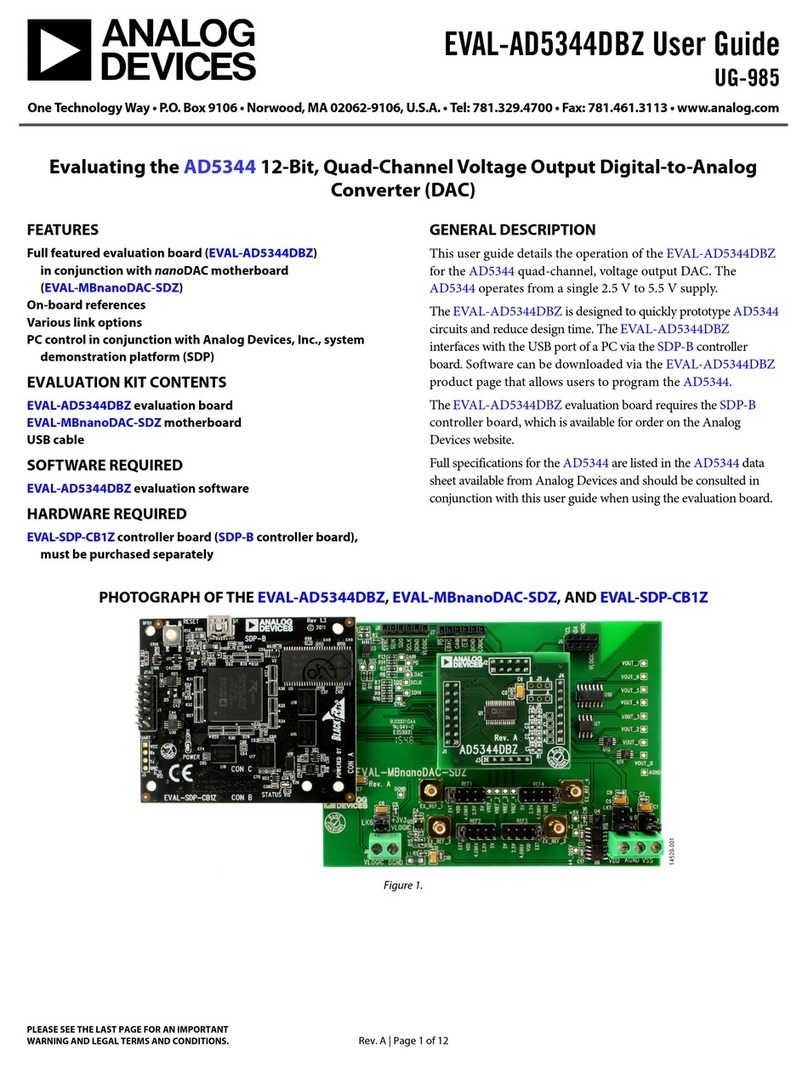
Analog Devices
Analog Devices EVAL-AD5344DBZ User manual
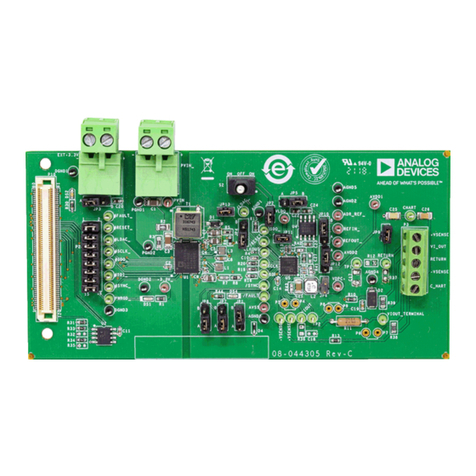
Analog Devices
Analog Devices EVAL-ADFS5758SDZ User manual
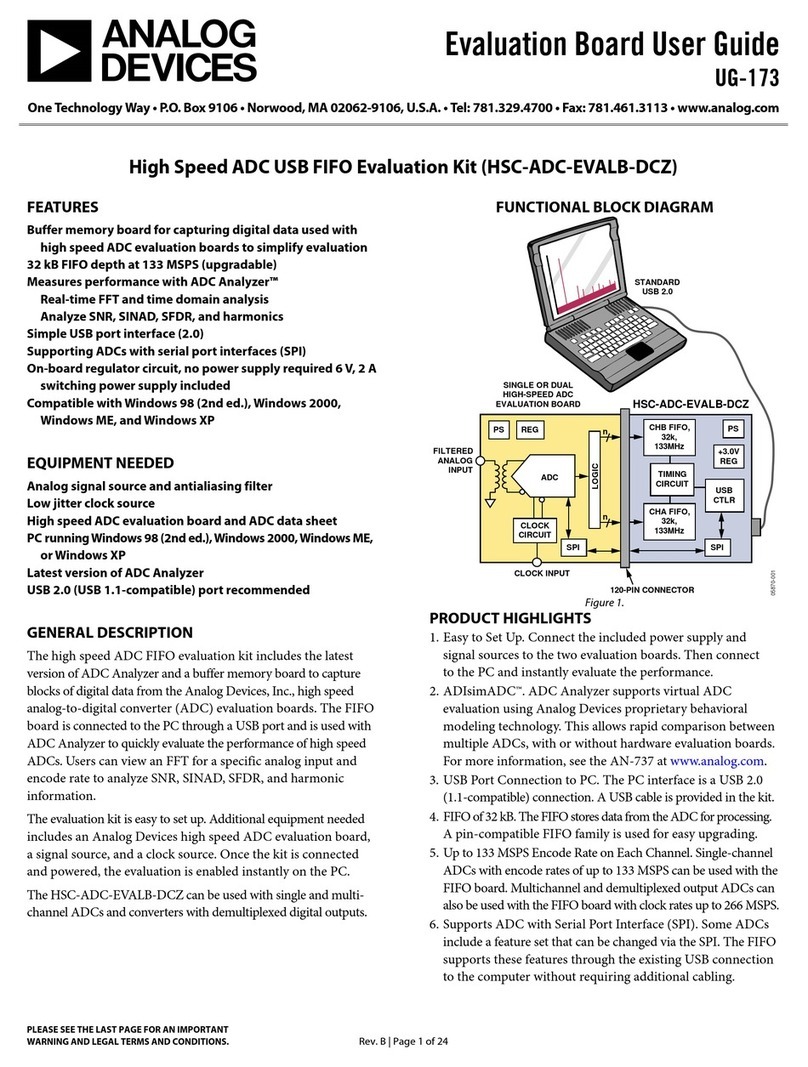
Analog Devices
Analog Devices UG-173 User manual
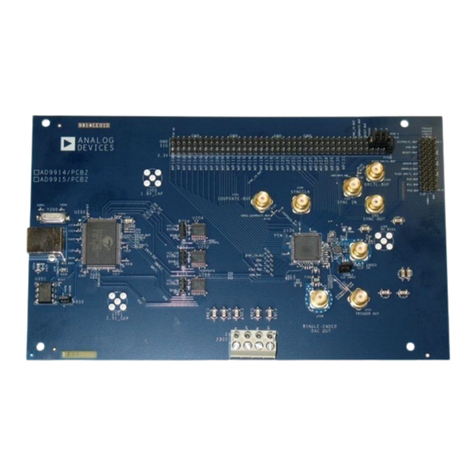
Analog Devices
Analog Devices AD9915 User manual
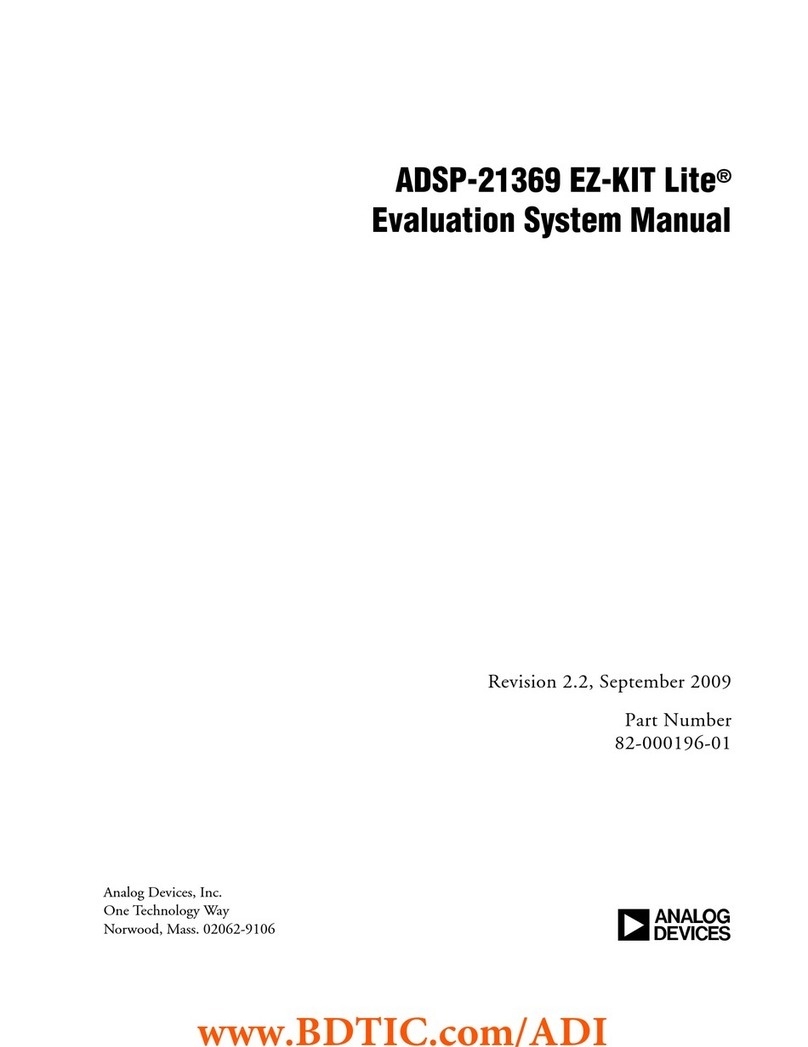
Analog Devices
Analog Devices ADSP-21369 EZ-KIT Lite User manual
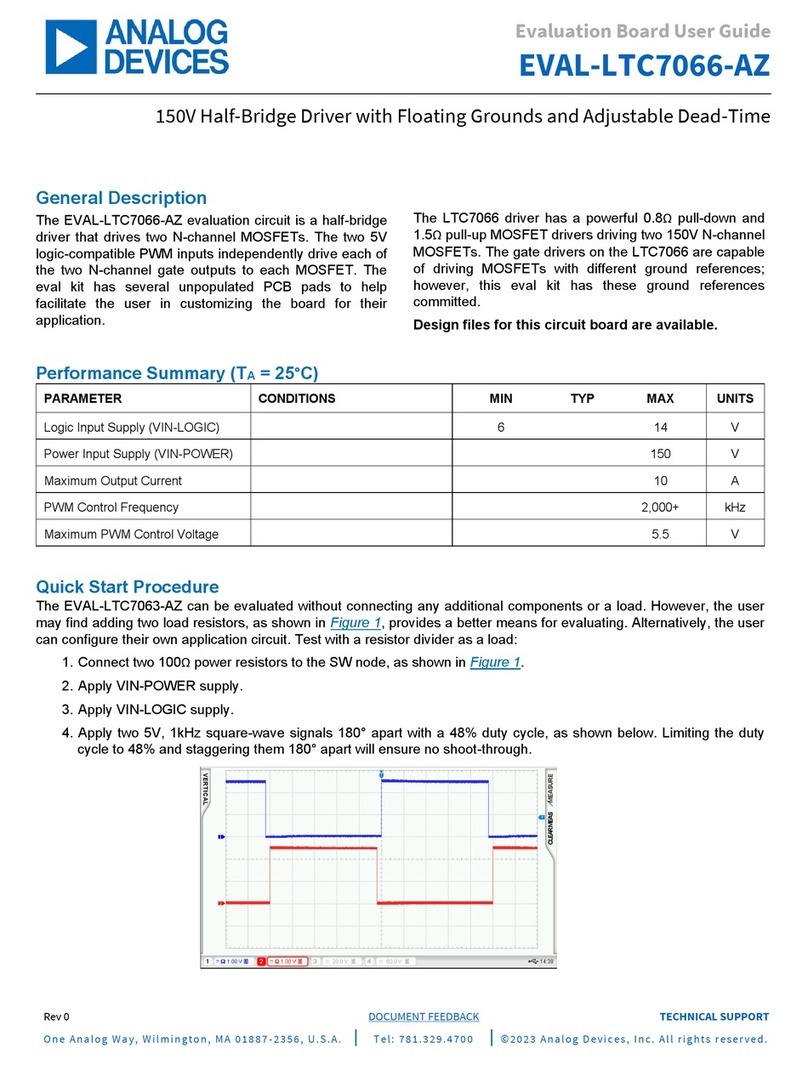
Analog Devices
Analog Devices EVAL-LTC7066-AZ User manual
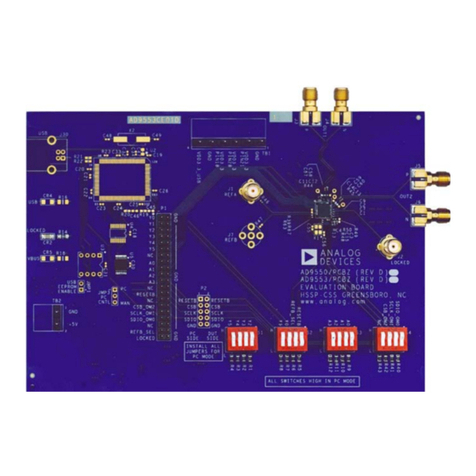
Analog Devices
Analog Devices AD9550 User manual
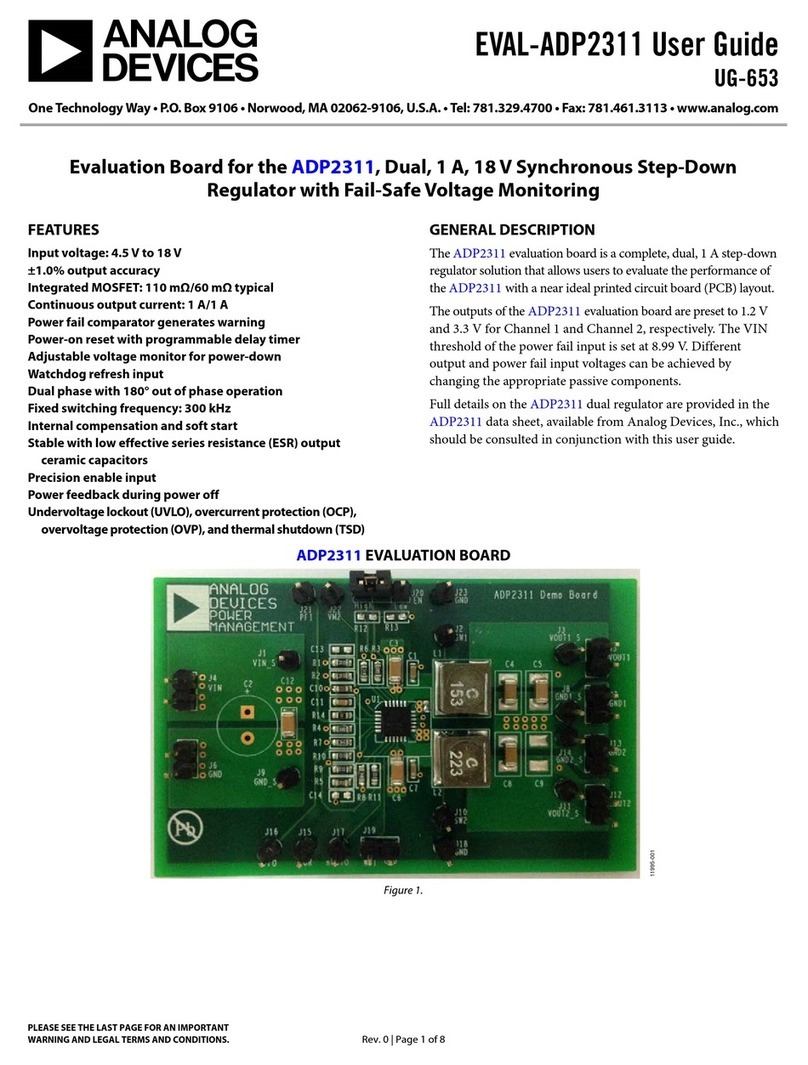
Analog Devices
Analog Devices EVAL-ADP2311 User manual
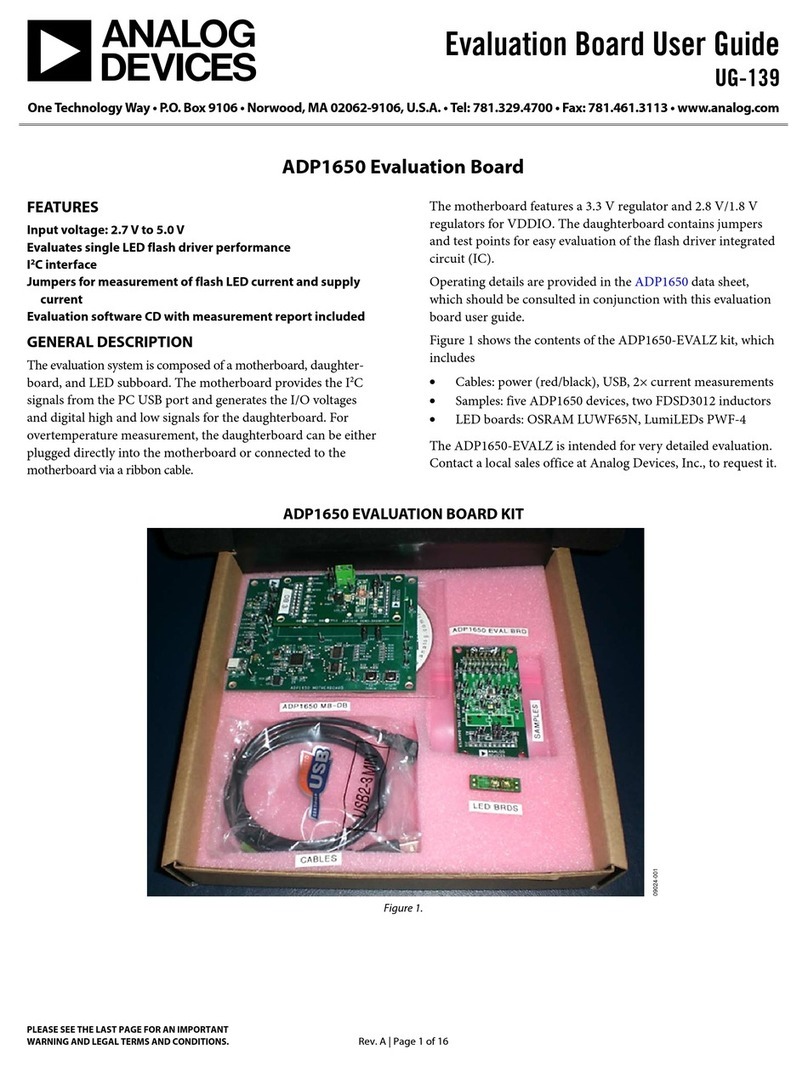
Analog Devices
Analog Devices ADP1650 User manual

Analog Devices
Analog Devices EVAL-AD2437A1MZ User manual
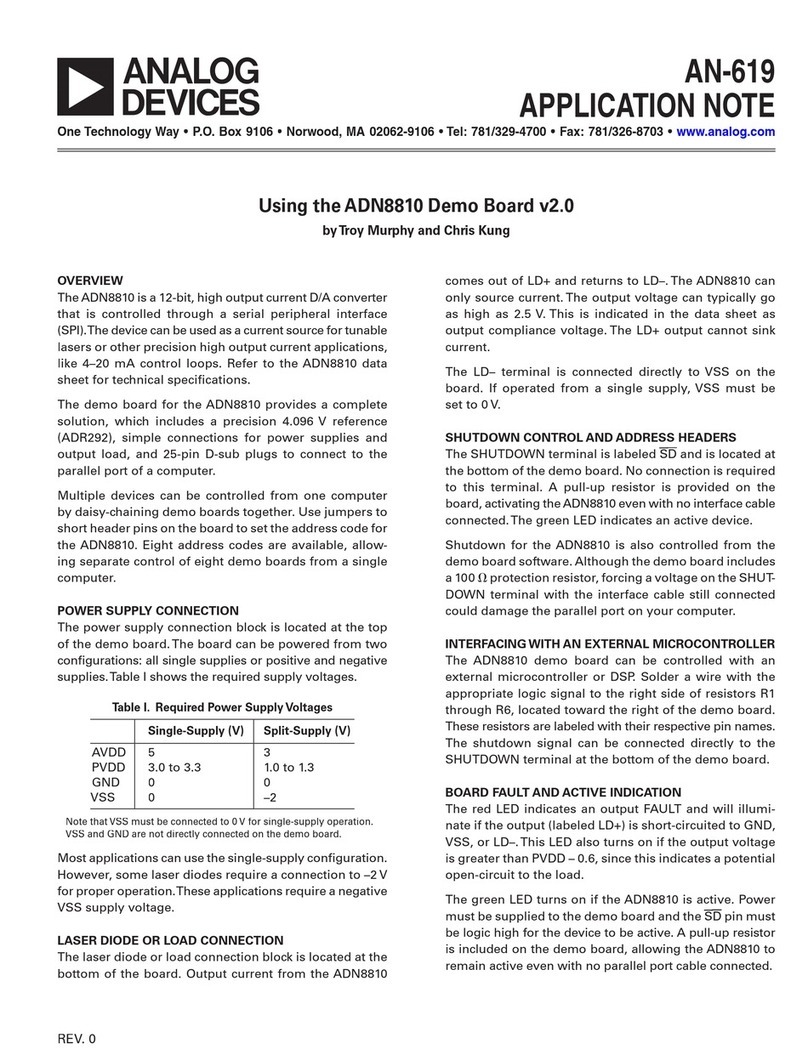
Analog Devices
Analog Devices ADN8810 Installation and operating instructions
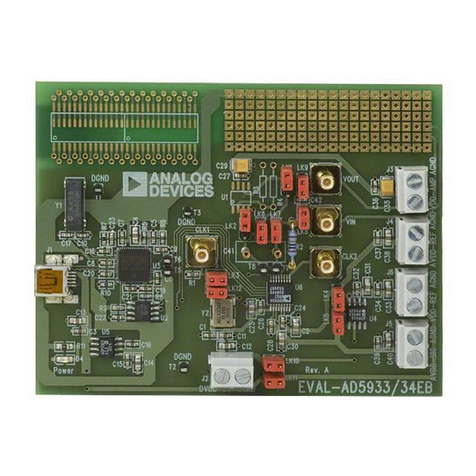
Analog Devices
Analog Devices EVAL-AD5934EB Instruction manual
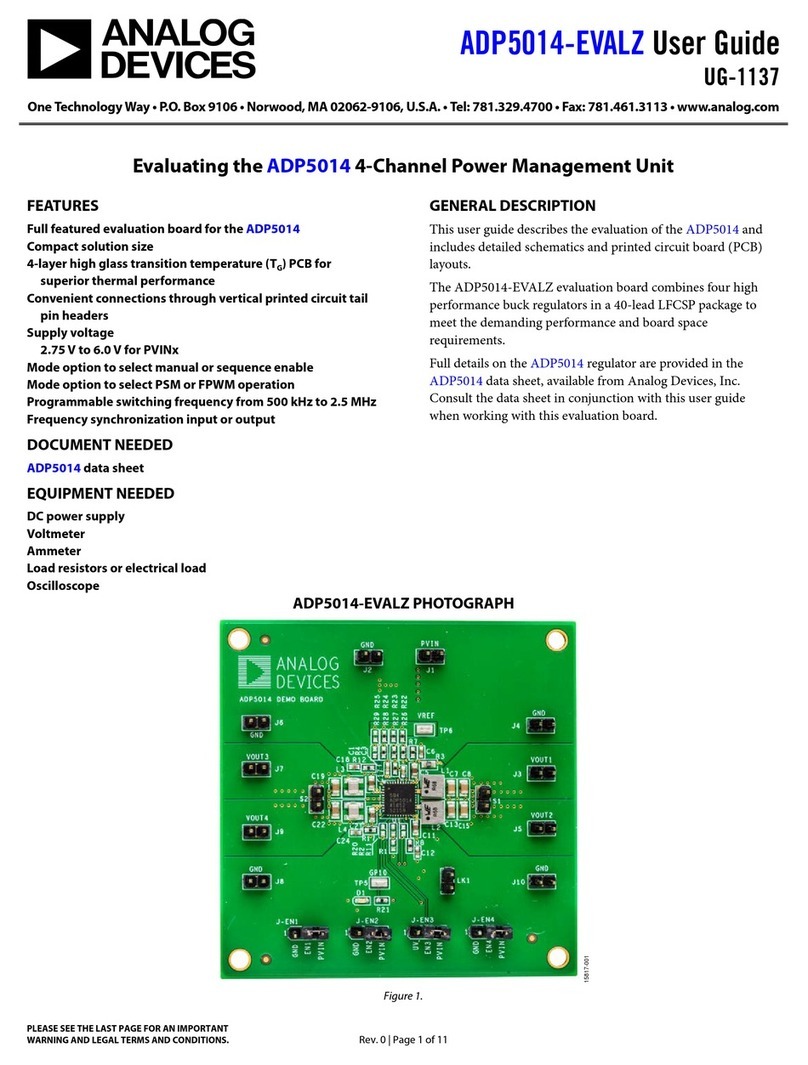
Analog Devices
Analog Devices ADP5014-EVALZ User manual
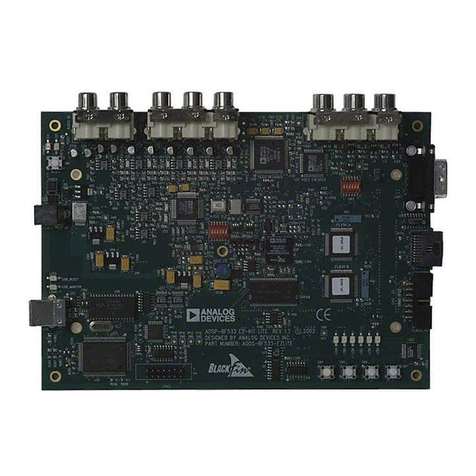
Analog Devices
Analog Devices EZ-KIT Lite ADSP-BF533 User manual
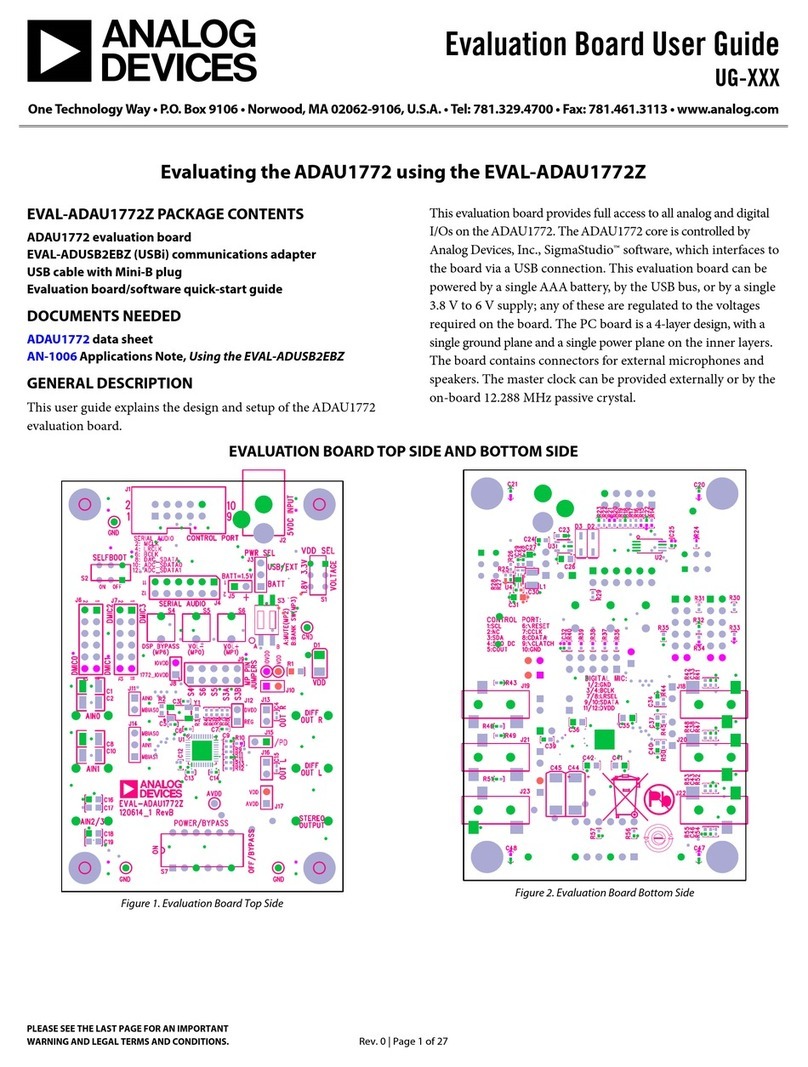
Analog Devices
Analog Devices ADAU1772 User manual
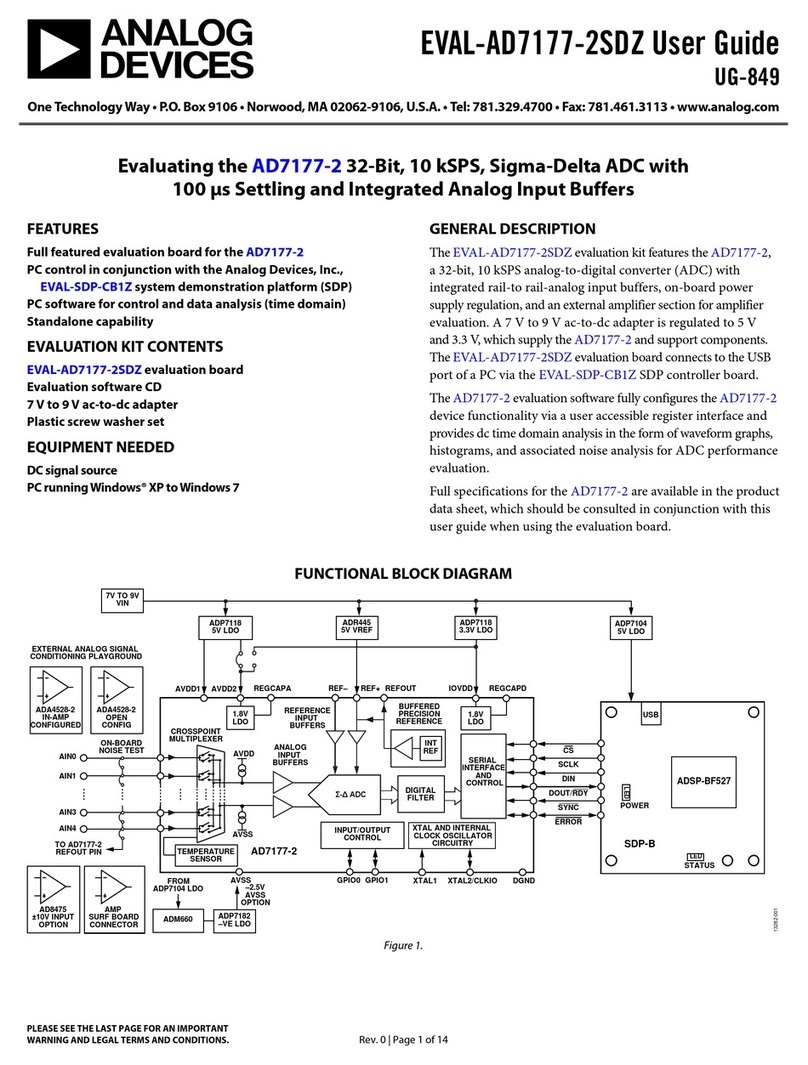
Analog Devices
Analog Devices EVAL-AD7177-2SDZ User manual
